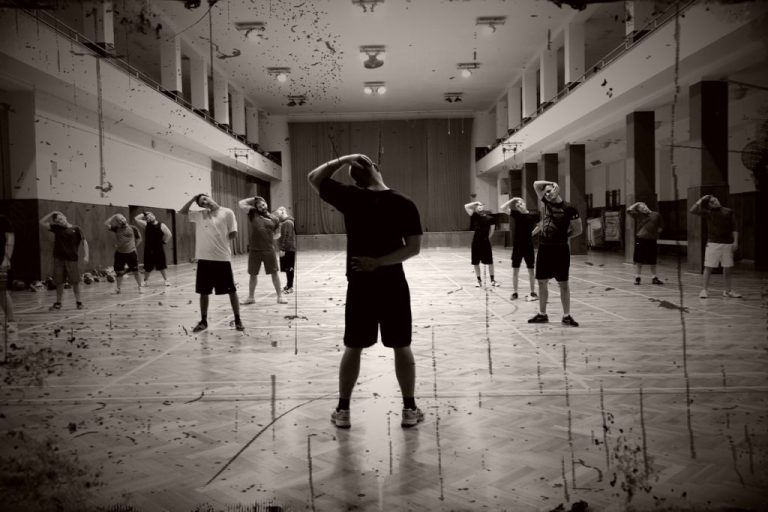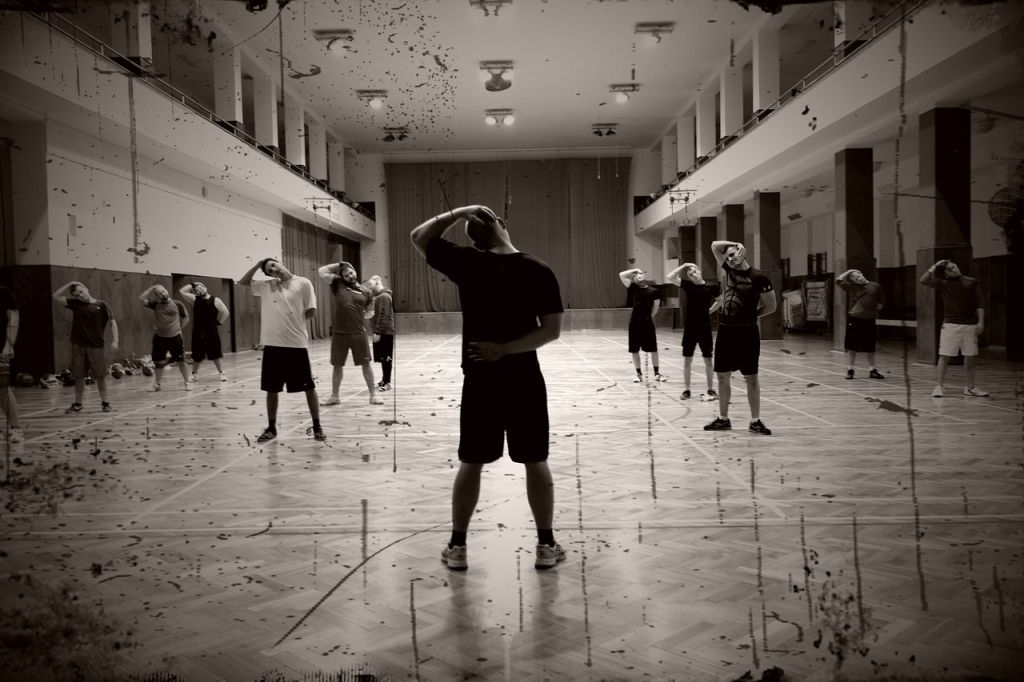
Warming up is an essential part of any workout routine, especially for beginners. It prepares your body for physical activity, helps prevent injuries, and enhances your overall performance. A good warm-up increases your heart rate, boosts blood flow to your muscles, and improves your flexibility. Here, we’ll explore some effective warm-up routines for beginners that are easy to follow and highly beneficial.
Why Warm-Up?
Before diving into specific routines, it’s important to understand why warming up is crucial. Engaging in physical activity without a proper warm-up can lead to muscle strains, sprains, and other injuries. Warming up gradually increases your body temperature and heart rate, making your muscles more elastic and less prone to injury. Additionally, it prepares your cardiovascular system for the workout ahead and can improve your mental focus.
Key Components of an Effective Warm-Up
An effective warm-up should include several key components:
- Cardiovascular Activity: Light aerobic exercises to get your heart rate up.
- Dynamic Stretching: Movements that mimic the activity you’re about to perform, improving range of motion and flexibility.
- Activation Exercises: Specific exercises targeting muscles you’ll use during your workout.
Let’s dive into a simple, beginner-friendly warm-up routine that incorporates these components.
Beginner Warm-Up Routine
1. Cardiovascular Activity (5-10 minutes)
Start with light cardiovascular exercises to increase your heart rate and get your blood flowing. Here are a few easy warm-up exercises:
Walking or Light Jogging:
- Walk or jog at a comfortable pace for 5-10 minutes.
- Focus on maintaining good posture and breathing steadily.
Jumping Jacks:
- Stand with your feet together and arms at your sides.
- Jump up, spreading your legs shoulder-width apart and raising your arms overhead.
- Return to the starting position and repeat for 1-2 minutes.
Marching in Place:
- Lift your knees high and swing your arms as you march in place.
- Continue for 2-3 minutes, gradually increasing your speed.

2. Dynamic Stretching (5-10 minutes)
Dynamic stretching involves active movements that stretch your muscles and prepare them for the workout. These stretches improve flexibility and reduce the risk of injury.
Leg Swings:
- Stand next to a wall or support for balance.
- Swing one leg forward and backward, gradually increasing the range of motion.
- Perform 10-15 swings on each leg.
Arm Circles:
- Extend your arms out to the sides at shoulder height.
- Make small circles with your arms, gradually increasing the size of the circles.
- Perform 10-15 circles in each direction.
Hip Circles:
- Place your hands on your hips and stand with your feet shoulder-width apart.
- Rotate your hips in a circular motion, first clockwise and then counterclockwise.
- Perform 10-15 rotations in each direction.
Torso Twists:
- Stand with your feet shoulder-width apart and your arms extended in front of you.
- Twist your torso to the left, then to the right, while keeping your hips facing forward.
- Perform 10-15 twists on each side.
3. Activation Exercises (5-10 minutes)
Activation exercises engage the specific muscles you’ll use during your workout. These exercises help improve muscle coordination and prepare your body for more intense activity.
Glute Bridges:
- Lie on your back with your knees bent and feet flat on the floor, hip-width apart.
- Lift your hips towards the ceiling, squeezing your glutes at the top.
- Lower your hips back down and repeat for 10-15 repetitions.
Bodyweight Squats:
- Stand with your feet shoulder-width apart and your arms extended in front of you.
- Lower your body into a squat position, keeping your back straight and chest up.
- Return to the starting position and repeat for 10-15 repetitions.
High Knees:
- Stand with your feet hip-width apart.
- Lift your knees high towards your chest, alternating legs in a running motion.
- Continue for 1-2 minutes, maintaining a steady pace.
Arm Swings:
- Stand with your feet shoulder-width apart and your arms at your sides.
- Swing your arms forward and backward, crossing them in front of your chest and then extending them behind you.
- Perform 10-15 swings.
Simple Warm-Up Tips
To make the most of your warm-up routine, keep these simple warm-up tips in mind:
- Start Slow: Begin with low-intensity exercises and gradually increase the intensity to prepare your body for the workout ahead.
- Stay Consistent: Make warming up a regular part of your workout routine. Consistency is key to reaping the benefits and reducing the risk of injury.
- Listen to Your Body: Pay attention to how your body feels during the warm-up. If you experience any pain or discomfort, stop and adjust your movements.
- Customize Your Warm-Up: Tailor your warm-up routine to match the specific activities you’ll be performing. For example, if you’re going for a run, focus on leg and hip exercises.
- Stay Hydrated: Drink water before, during, and after your warm-up to stay hydrated and maintain optimal performance.
Conclusion
An effective warm-up routine is essential for beginners to prepare their bodies for physical activity and prevent injuries. By incorporating cardiovascular activity, dynamic stretching, and activation exercises, you can ensure that your muscles are ready for the workout ahead. Remember to start slow, stay consistent, listen to your body, customize your warm-up, and stay hydrated. With these tips and exercises, you’ll be well on your way to a safe and effective workout experience.
By incorporating these beginner warm-up routines into your fitness regimen, you’ll not only enhance your performance but also enjoy a more enjoyable and injury-free workout journey. Happy exercising!